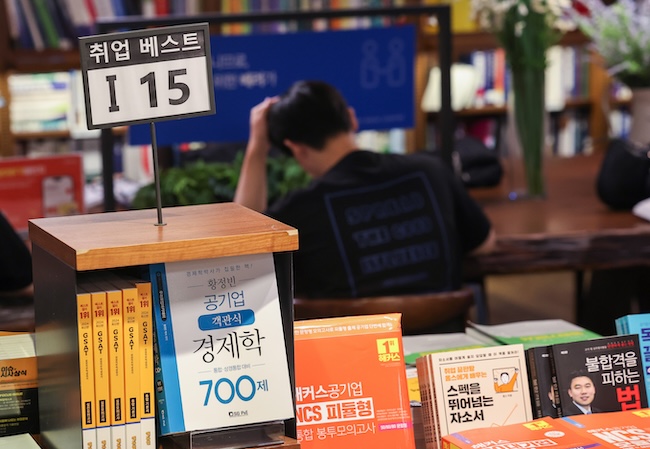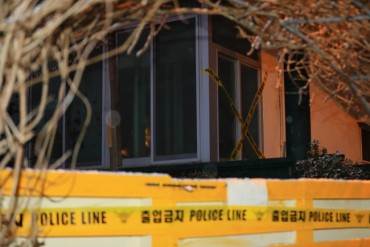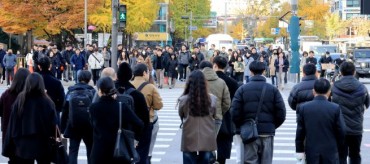
The number of college graduates neither employed nor seeking work has surpassed 4 million in the first half of 2024. (Image courtesy of Yonhap)
SEJONG, Jul. 22 (Korea Bizwire) – In a troubling trend for South Korea’s labor market, the number of college graduates neither employed nor seeking work has surpassed 4 million in the first half of 2024, reaching an all-time high despite government efforts to boost economic participation.
According to data from Statistics Korea’s national statistics portal, an average of 4.06 million individuals with college degrees or higher, including those from technical colleges, were classified as economically inactive during the first six months of this year.
This marks an increase of 72,000 from the same period last year and the highest figure since record-keeping began in 1999.
The economically inactive population refers to those aged 15 and above who are neither employed nor actively seeking work. This category includes individuals unable to work, as well as those who choose not to work despite being capable.
While the overall economically inactive population has been decreasing since 2022, the number of inactive college graduates has shown a distinct upward trend. They now account for 25.1% of the total inactive population, exceeding 25% for the first time.
The surge is primarily driven by individuals in their 20s. Data from Statistics Korea’s microdata on the economically active population reveals that the monthly average of economically inactive college graduates aged 15-29 reached 591,000 in the first half of this year, an increase of 7,000 from last year.
Many of these individuals have work or job-seeking experience within the past year, classified as “short-term inactive.” They previously worked in retail, facility management, and other sectors, often in clerical, manual labor, or temporary positions.
Experts suggest this trend reflects a mismatch between job seekers’ qualifications and available positions, as well as a shortage of quality jobs for highly educated individuals.
“The increasing number of economically inactive college graduates indicates a severe job mismatch for the highly educated and a lack of quality jobs for them compared to those with less education,” said Kim Kwang-suk, head of economic research at the Institute for Korean Economy and Industry.
The government has responded with measures to promote economic participation among young people, focusing on job matching and vocational training. However, the effectiveness of these initiatives remains to be seen.
A government official, speaking on condition of anonymity, acknowledged the need to increase economic participation rates but noted that more time is needed to accurately assess the trend.
M. H. Lee (mhlee@koreabizwire.com)






